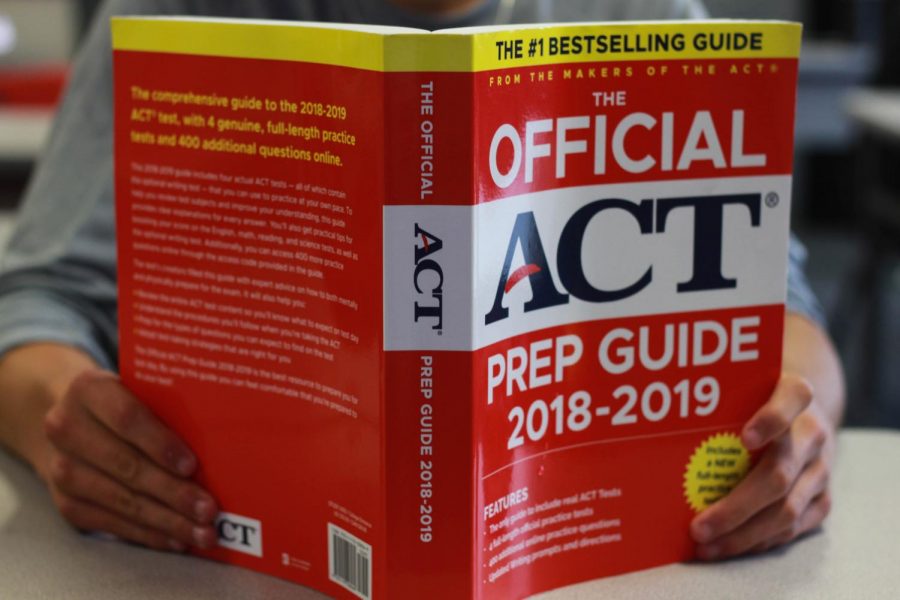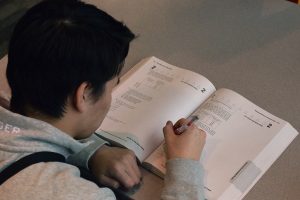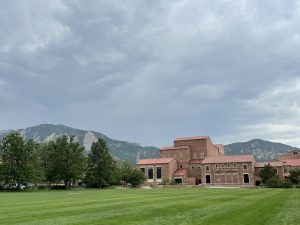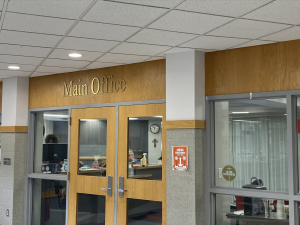BSM’s ACT prep classes are very useful, but could still be improved
Brendan Amaris feels that Benilde-St. Margaret’s offers a great opportunity with ACT prep classes, but they still need to make strides in the program.
The new ACT classes that were provided for juniors have some problems that should be addressed.
February 7, 2019
This school year, BSM juniors were given the opportunity to take an ACT prep class once a week during the school day instead of having to sign up for a class on a Saturday outside of school. Students had the class for an hour every block day and were given ACT prep books. Two different ACT instructors from Breakaway Testing Minnesota took turns teaching throughout the eleven weeks. One taught math and science, while the other taught the reading, English, and writing courses.
Some weeks, students were assigned homework to do for the next week—which usually was a practice test—and these were very helpful if students took advantage of them. Students were asked to set a timer for 45 minutes and take the tests at home. Then they would find out what score they got at the next session. This was helpful for most students.
During class, there were some notes on the subject and usually a practice test or different sections taken from real ACT tests. Students were also timed while doing this and then scored at the end. This gave most students a general idea of what they were good at and what they needed to work on for the actual ACT.
The idea for the class was well thought out, and there wasn’t too much-added work for students in what was already a busy junior year. The problems came with putting all the students in one room, which didn’t really make sense because not all students were in the same situation.
Some students may have already taken the ACT once and wanted to work on a specific subject. Further, some students didn’t get an idea for what their real test scores would be because they would actually have extended time on the real ACT. The ACT instructors assumed everyone would have the same amount of time and didn’t accommodate the various different needs of students. And because of the class size, students couldn’t slow down to focus on one subject or topic they were confused on; if you slowed down to try and figure something specific out, you would fall behind.
The class sizes should have been smaller and divided into students with extended time and students without extended time. That would have allowed students to focus on what they needed to improve on more. They would have also had more chances to ask questions if they needed to.
The intentions for the class was great, but next year the class should be approached with a little more thoughtfulness and consideration.


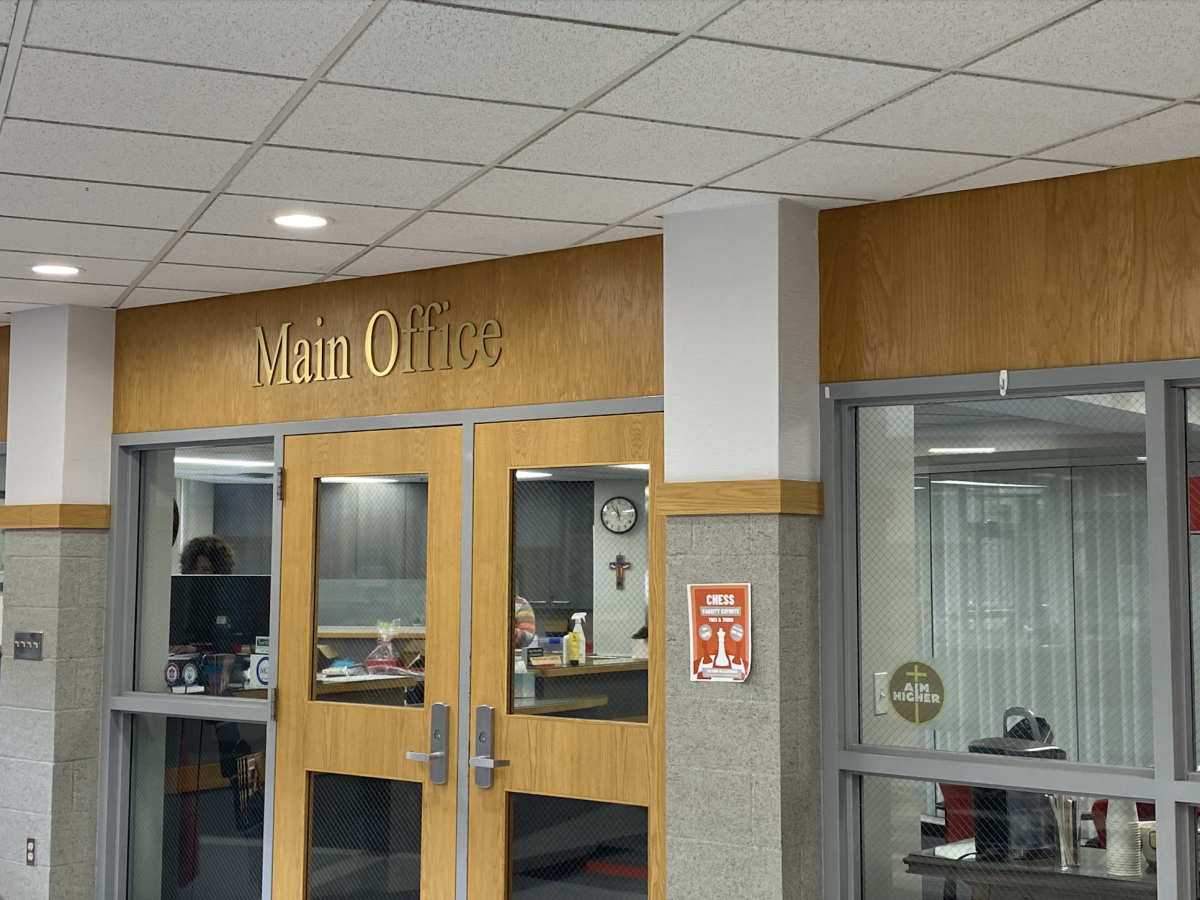


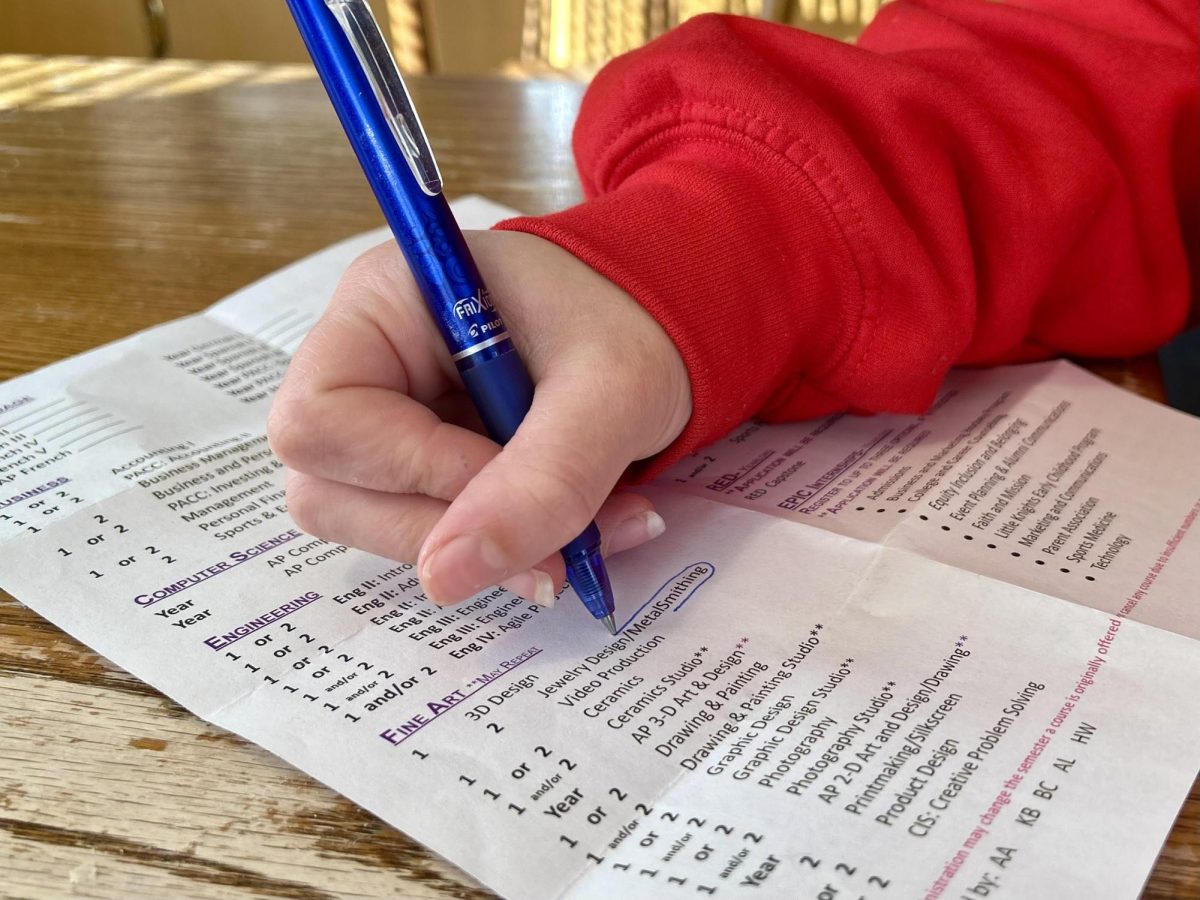




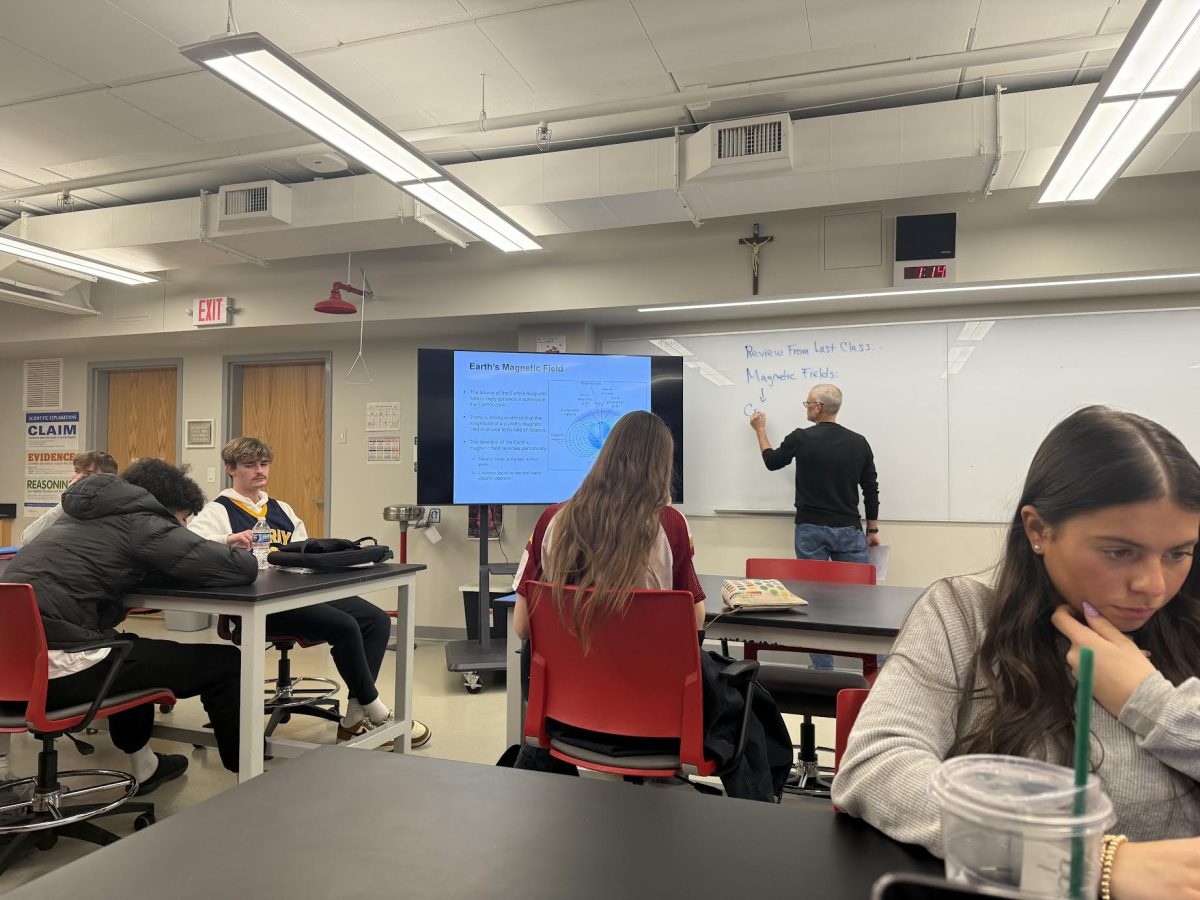




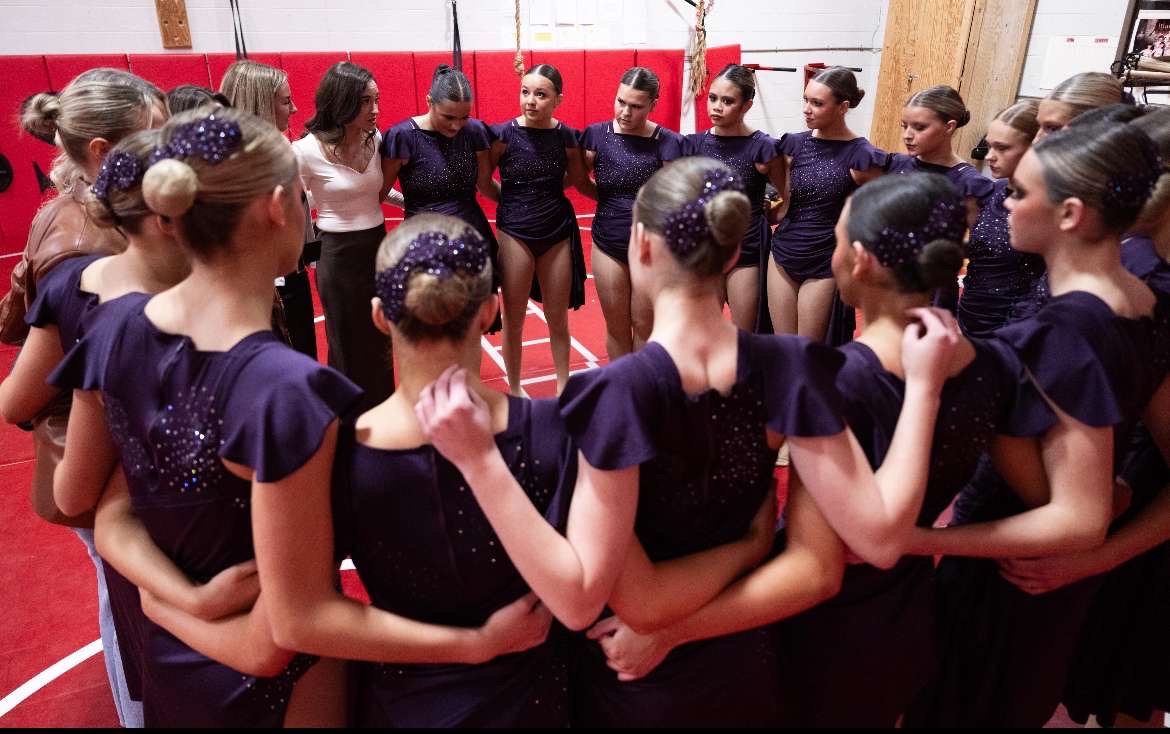








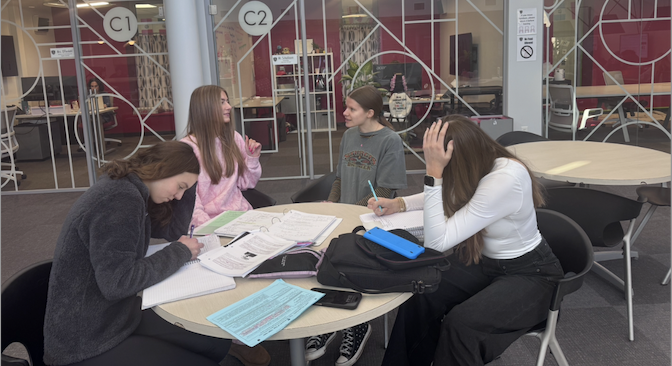

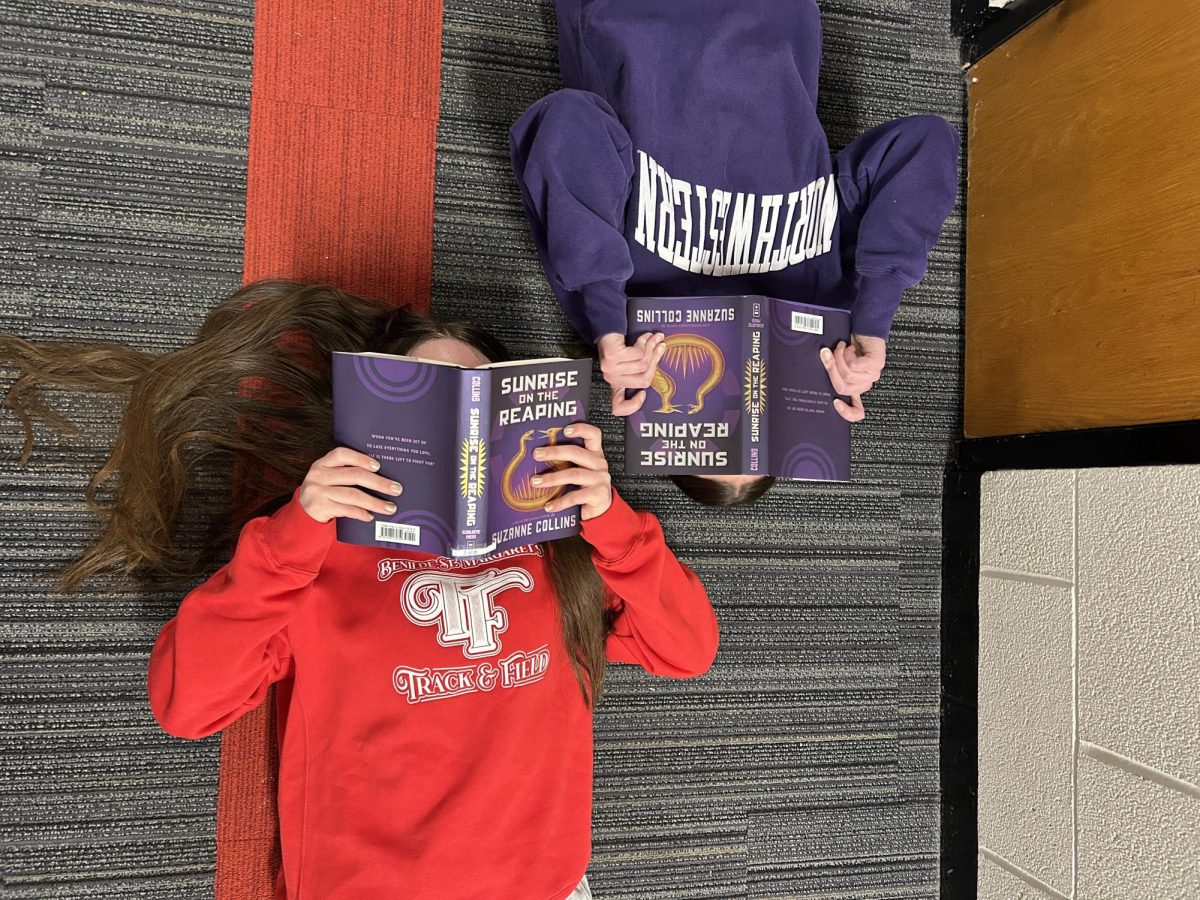









![Teacher Lore: Mr. Hillman [Podcast]](https://bsmknighterrant.org/wp-content/uploads/2025/03/teacherlorelogo-1200x685.png)




